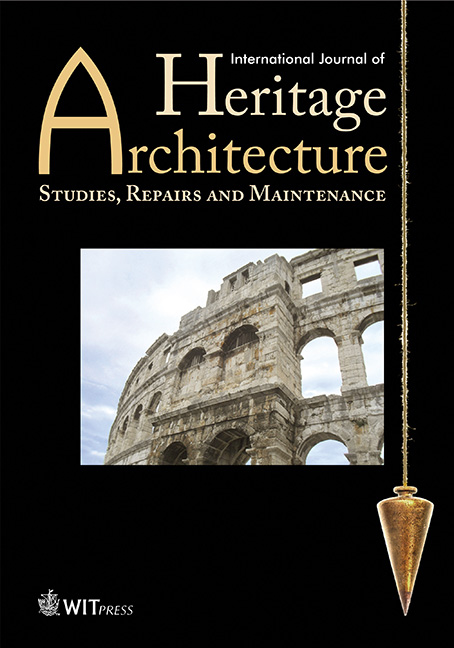ANTI-SEISMIC PRESIDIA IN THE HISTORICAL BUILDING OF L’AQUILA: THE ROLE OF THE WOODEN ELEMENTS
Price
Free (open access)
Volume
Volume 2 (2018), Issue 1
Pages
11
Page Range
48 - 59
Paper DOI
10.2495/HA-V2-N1-48-59
Copyright
WIT Press
Author(s)
ALESSANDRA TOSONE & ALESSANDRA BELLICOSO
Abstract
The earthquake of 2009 has brought to light different anti-seismic presidia implemented over the centuries, in the aftermath of repeated earthquakes occurred in the city of L’Aquila, which represent the result of a knowledge and a constructive culture linked to a direct observation of the damage, the intuitive interpretation of the seismic response and the possible countermeasures experimentation.
An important role is attributed to the wooden elements that have different functions and are used in the context of standard and palace building.
The integration of the wooden elements can become a real system and be extended to the entire building unit, as in the case of the adoption of the ‘hut’ system (sistema baraccato). Alternatively, it can be used only for single and specific building elements, such as the use of ‘wooden roots’ (radiciamenti lignei) in the walls and vaults or wooden elements used for the construction systems of the roofing.
This article aims to contribute to the knowledge of these anti-seismic systems, framed within a broader constructive culture linked to the pre-modern building.
Keywords
anti-seismic presidia, construction techniques historic building, local seismic culture




